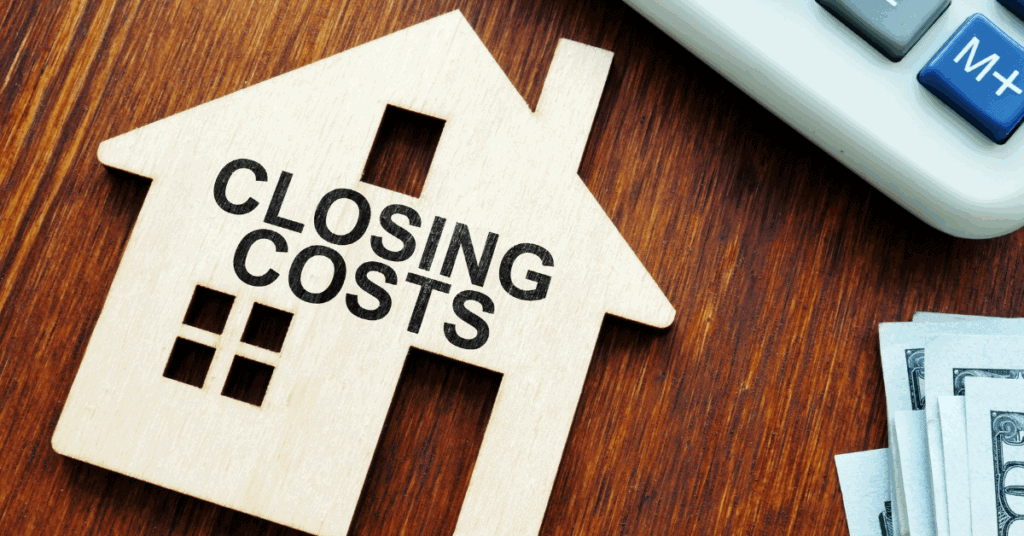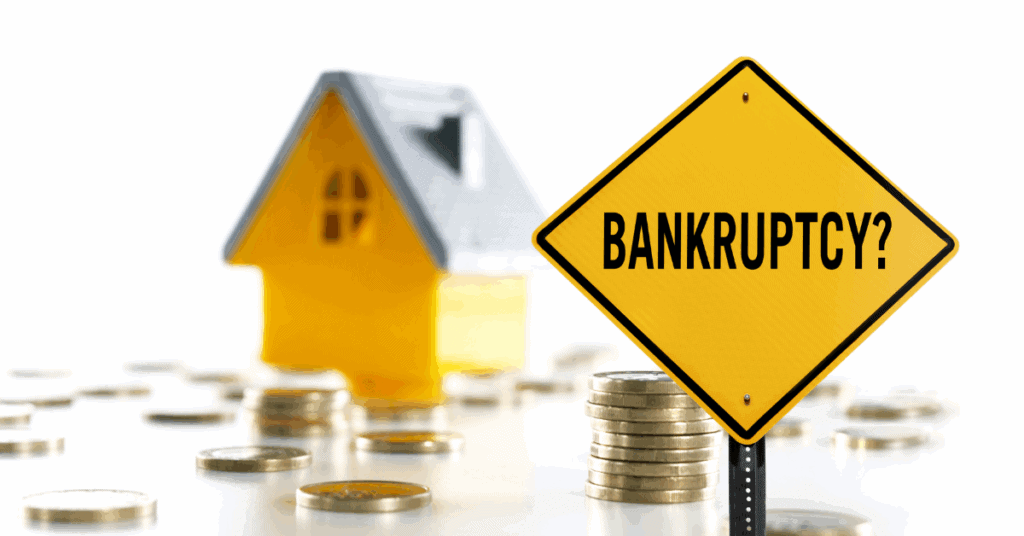Get Expert Financing
- Matched with investor-friendly lenders
- Fast pre-approvals-no W2s required
- Financing options fro rentals, BRRRR, STRs
- Scale your portfolio with confidence
Buying a home is one of the most significant financial decisions most people will make. One of the earliest—and most consequential—choices you’ll face is how much to put down. Conventional loans often offer flexibility, allowing you to put down as little as 3%, but most buyers weigh options like 5% vs 20%. Each has pros and cons depending on your goals, financial profile, and homeownership timeline.
In this comprehensive guide, we break down the full implications of each option to help you make a smart, informed decision.
A down payment is the initial cash amount you pay upfront when purchasing a home. It’s typically expressed as a percentage of the total home purchase price. For example, a 5% down payment on a $400,000 home equals $20,000, while 20% equals $80,000.
| Feature | 5% Down Payment | 20% Down Payment |
| Initial Cost | Lower upfront cost | Higher upfront cost |
| Monthly Mortgage Payment | Higher due to added PMI | Lower with no PMI |
| Private Mortgage Insurance (PMI) | Required | Not required |
| Equity in Home | Starts low | Starts high |
| Loan Qualification | Easier for buyers with limited savings | May require stronger financial profile |
| Total Interest Paid | Higher due to larger loan size | Lower due to smaller loan size |
Saving for a 20% down payment can take years, especially for first-time buyers. A 5% option helps you buy sooner.
You retain more cash for moving costs, renovations, or emergencies.
Getting into the market earlier can mean benefiting from rising property values while you build equity.
Looking for low down payment options? Check out our guide to Conventional 97 loans.
Avoiding private mortgage insurance can save $100–$300/month depending on your loan size and credit score.
With a smaller loan amount, your monthly mortgage payment will be lower.
Lenders may offer better rates and terms to buyers putting down 20% or more.
| Scenario | 5% Down | 20% Down |
| Home Price | $400,000 | $400,000 |
| Down Payment | $20,000 | $80,000 |
| Loan Amount | $380,000 | $320,000 |
| PMI (est.) | ~$150/month | $0 |
| Monthly Mortgage (est.) | ~$2,400 | ~$2,000 |
| Total Interest Over 30 Years | ~$343,000 | ~$289,000 |
In some cases, yes. Tax laws have varied over the years, so consult your tax advisor to understand current deductions.
Yes. Once you reach 20% equity through payments or appreciation, you can request to remove PMI, or it automatically drops at 22% equity.
Not necessarily, but buyers with higher down payments often qualify for better rates and more competitive offers.
There’s no one-size-fits-all answer. A 5% down payment can fast-track your path to homeownership, while a 20% down payment offers long-term savings. The right choice depends on your financial goals, how long you plan to stay in the home, and your comfort with risk and cash flow.
Want a personalized recommendation? Connect with our mortgage experts today.
Our advice is based on experience in the mortgage industry and we are dedicated to helping you achieve your goal of owning a home. We may receive compensation from partner banks when you view mortgage rates listed on our website.


